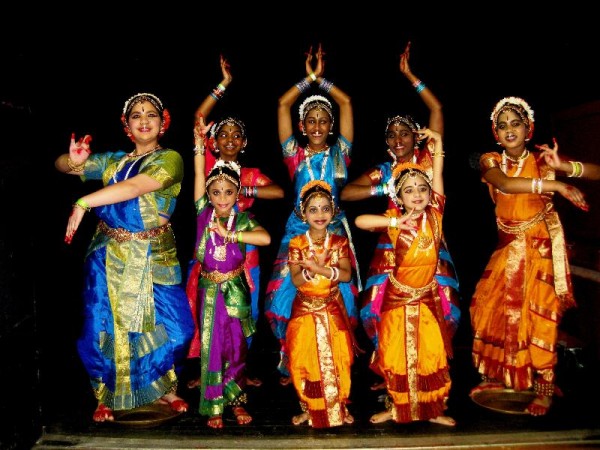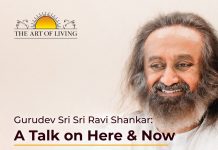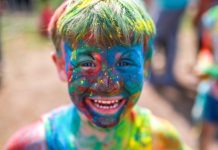The kinetic language of communication is a unique blend of the eyes and emotions; of expressions and gestures; hands and footwork. In the Natya Shastra, instructions are given on the various kinds of Mandis-postures, Mudras-hand formations, Abhinaya-expressions, Rasa-emotions, costumes, stage decorations and ornaments. The three basic aspects of dance are Nritta-pure dance with the rhythmic elements, Nrittya-mime or the emotional expression of the dancer and Natya-the dramatic element of audience. Dance is intensely linked to the cultural identity of the region it comes from. It provides a link to space and time.
Mudras
Mudras are an indispensable part of our Indian dances. Each gesture of the hand can express extreme joy or unexplainable grief. A simple movement of the hasta-hand can denote infinite solace as in the abhaya mudra of a Shiva icon. The hand gestures of the dancer move with the limbs and the body of the performer to mingile in unison with the verses. In the Natya shastra, five chapters have been devoted to this language of poetry. Mudras have significant importance in Kathak, Kathakali, Mohini Attam and many other classical and folk dance forms. There are twenty-eight gestures for a single hand, twenty-four gestures for two hands. These mudras are also used to represent the Gods like Vishnu, Shiva; demons like Mahishasura and Bhasmasura; animals like peacock, birds, as also expressions of beauty and sorrow. Apart from this, mudras also portray verbs, men, women, celestial objects like moon, stars; kings, lovers, places, nature and colour.
Abhinaya
Bharata muni said, “Abinaya is the art of exhibiting what one depicts”. Abhinaya is the expressional aspect of dance. The performer uses the face, eyes, body and limbs to express emotions to the audience and reach out to them silently. The depth of Abhinaya is such that the dancer can consecutively emote the expressions of a demon and a deity… move as swiftly as wind and as gracefully as water and conveys a lot to the spectator. It is said that Abhinaya transforms poetry to visual melody. The Natya Shastra categorizes abhinaya into four categories.
Angika: This aspect of Abhinaya uses physical movements of every part of the body to convey a meaning. A lot of importance is given to the mandis, hasta mudras and the walk of the performer.
Aharyabhinaya: This aspect of Abhinaya uses the sets, accessories, costumes and make-up to convey emotions.
Vachikabhinaya: This is the vocal form of Abhinaya. It is used by the members of the orchestra.
Satvikabhinaya: This deals with the psychological aspect of Abhinaya that is communicated to the viewer by the eyes of the performer. The entire body of the dancer is considered a unit.
Rasa
The numerous hues of emotions and feeling expressed through a single medium is what dance is all about. Life is an amalgam of various rasas or feelings. The navarasas are the nine emotions that defines dance. It gives the dancers and the audience-rasikas an opportunity to experience the full beauty of expressive eyes, subtle muscle shifts and face and body movements. The navarasas are
Hasya depicting happiness.
Rudra/Krodha representing anger.
Vibhasta portraying disgust.
Bhayanaka expressing fear.
Shoka symbolising sorrow.
Veera denoting compassion.
Karuna implying compassion.
Adbhuta indicating wonder.
Shanta illustrating serenity.
Another common rasa used in the various dance forms is the Sringara rasa which delineates love. The experience of these rasas is compared to spiritual ecstasy-Ananda.





